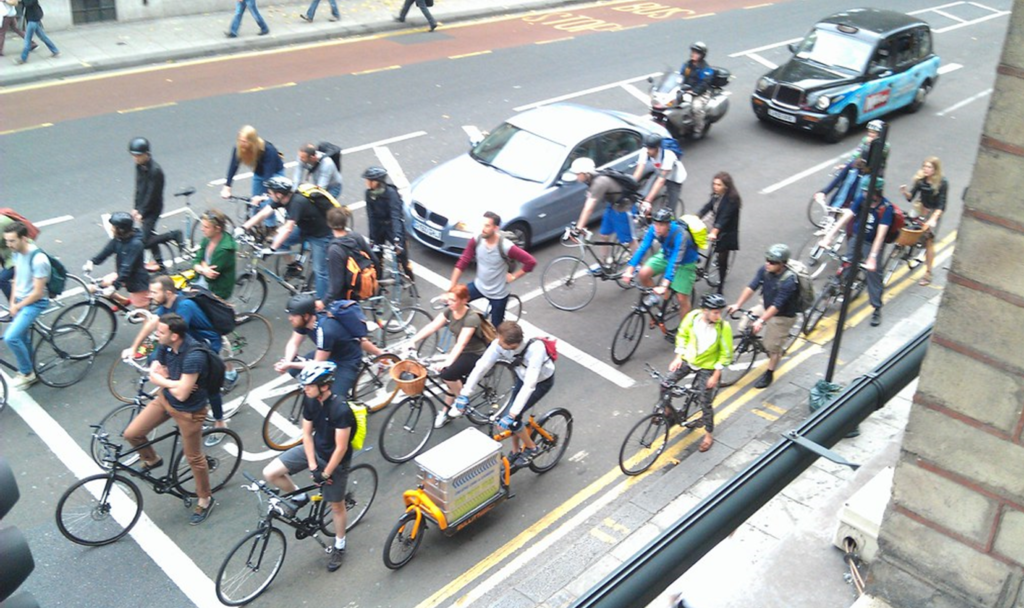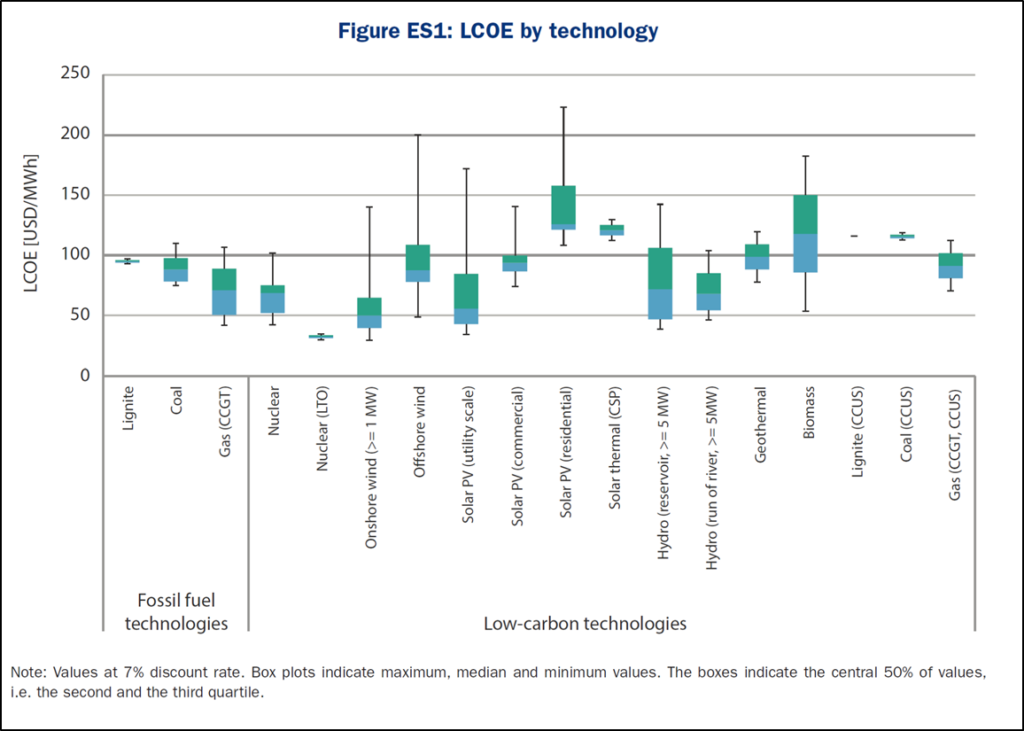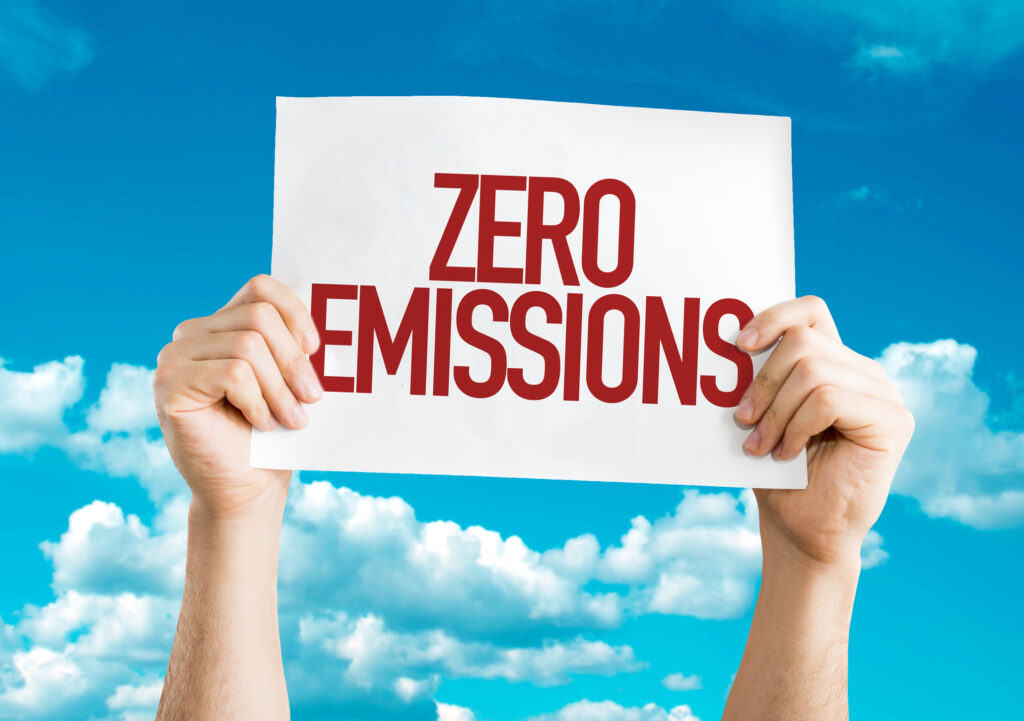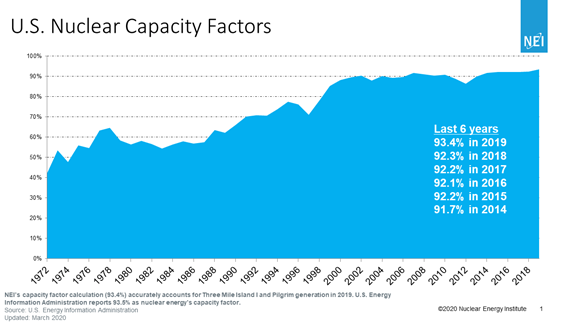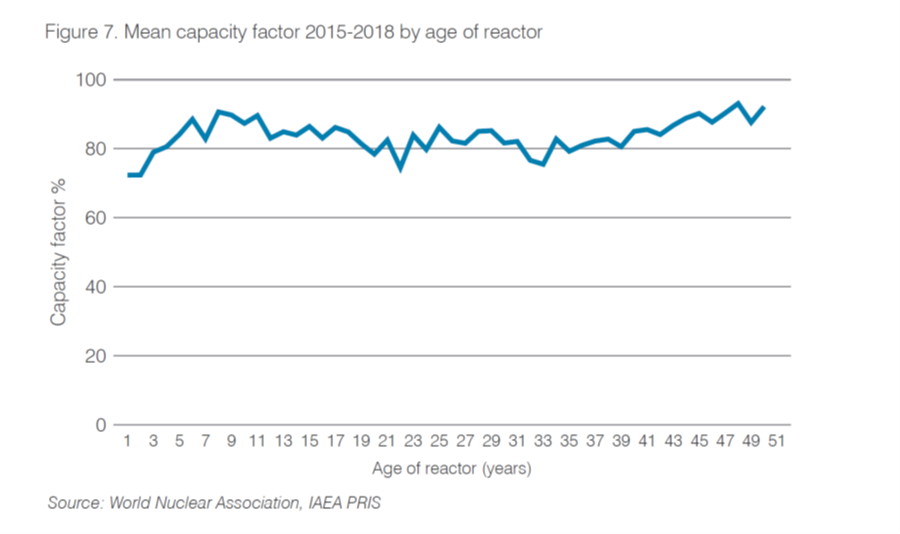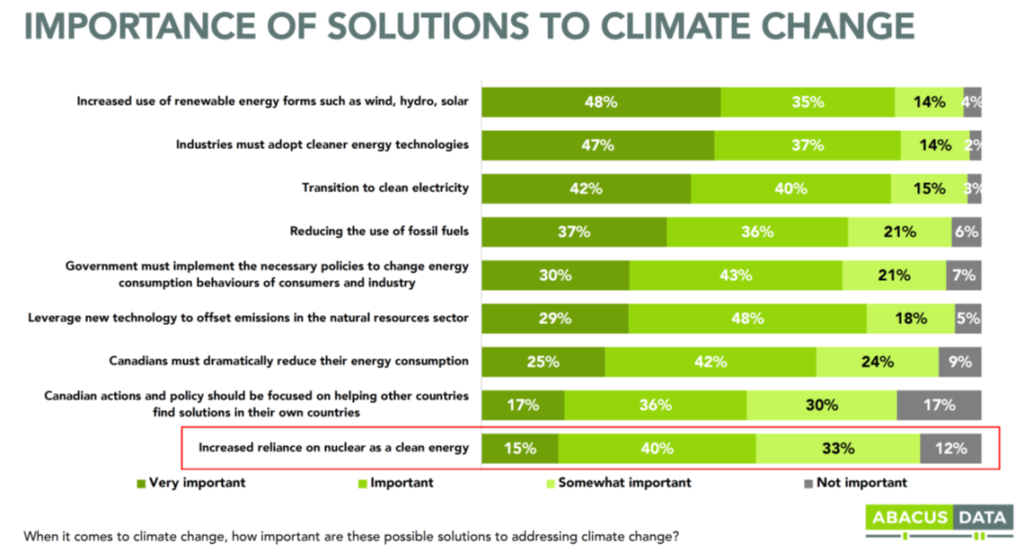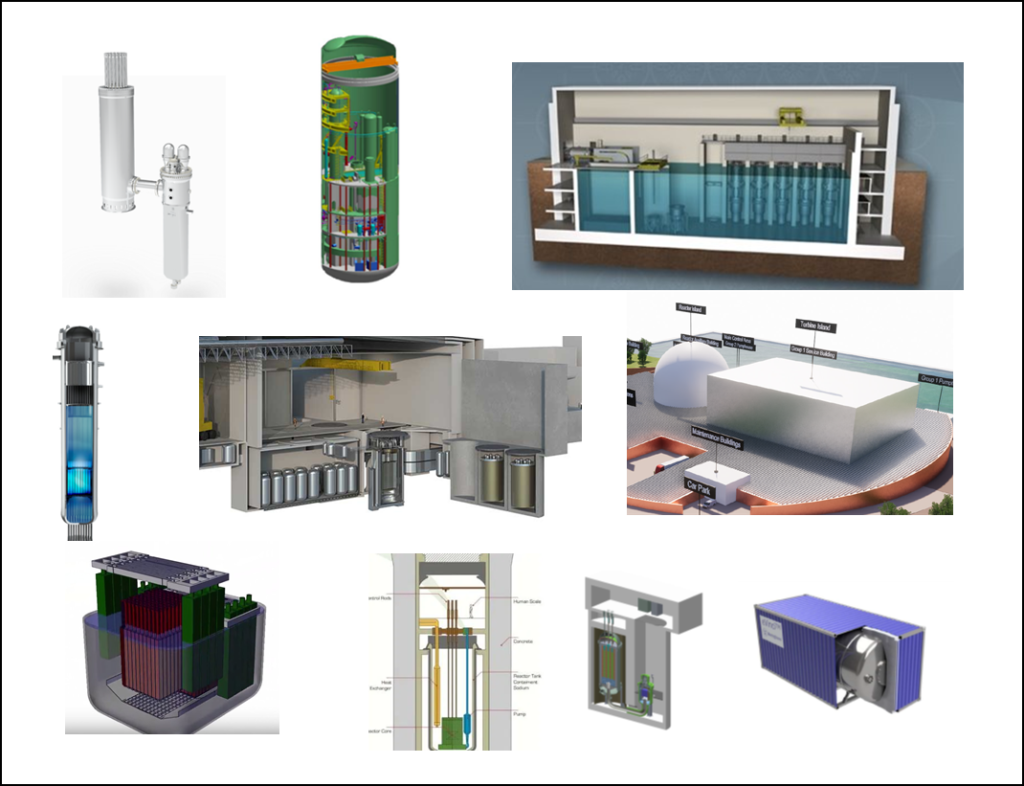The Energy transition requires a huge increase in mining of critical minerals
When considering the sustainability of future low carbon energy sources, the focus tends to be on where the energy comes from. Renewable energy is seen as environmentally sustainable in that it is both low carbon and the resource unlimited; energy from the sun, wind and water will never run out. But, as with everything in life, nothing is perfect. All these energy sources require a variety of critical minerals for their manufacture. This means mining – a lot of mining. The issue is so important to the energy transition, the International Energy Agency (IEA) recently (May 2021) released a World Energy Outlook Special Report, “The Role of Critical Minerals in Clean Energy Transitions.”
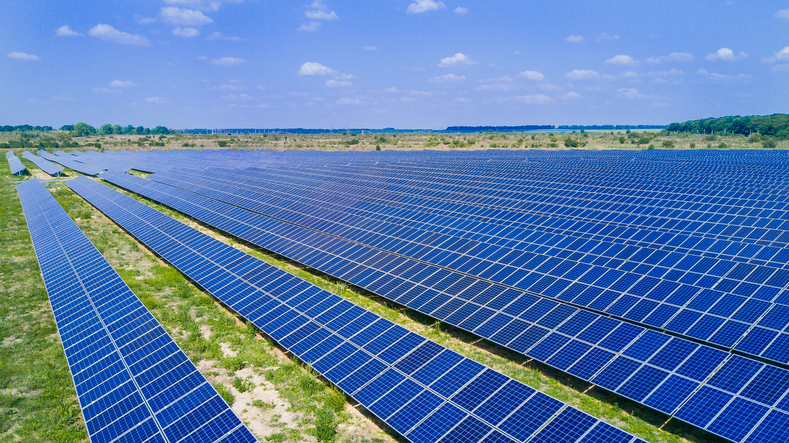
As stated by IEA Executive Director Fatih Birol, “Today, the data shows a looming mismatch between the world’s strengthened climate ambitions and the availability of critical minerals that are essential to realising those ambitions.“
Reading this report, one thing is for certain – demand for minerals goes up, way up. [all numbers in the next paragraphs come directly from the IEA report.]
An energy system powered by solar, wind and electric vehicles (EVs) requires more critical minerals than today’s fossil fuel-based generation and transport. An electric car requires six times the critical mineral inputs of a gas fuelled car, and an onshore wind plant requires nine times more mineral resources than a gas-fired power plant. Since 2010, the average amount of critical minerals needed for a new unit of power generation capacity has increased by 50% as the share of renewables has risen.
And this is going to increase even faster going forward. To hit net-zero globally by 2050, would require six times more critical minerals in 2040 than today. Examples of the magnitude of this growth would see critical mineral demand for use in EVs and battery storage grow at least thirty times to 2040.
This represents dramatic change. Prior to the mid-2010s, the energy sector represented only a small part of total demand for most minerals. Now, clean energy technologies are becoming the fastest-growing segment of demand. In order to meet the Paris Agreement goals, clean energy technologies’ share of total demand rises significantly by 2040 to over 40% for copper and rare earth elements, 60- 70% for nickel and cobalt, and almost 90% for lithium. EVs and battery storage have already displaced consumer electronics to become the largest consumer of lithium and are set to take over from stainless steel as the largest end user of nickel by 2040.
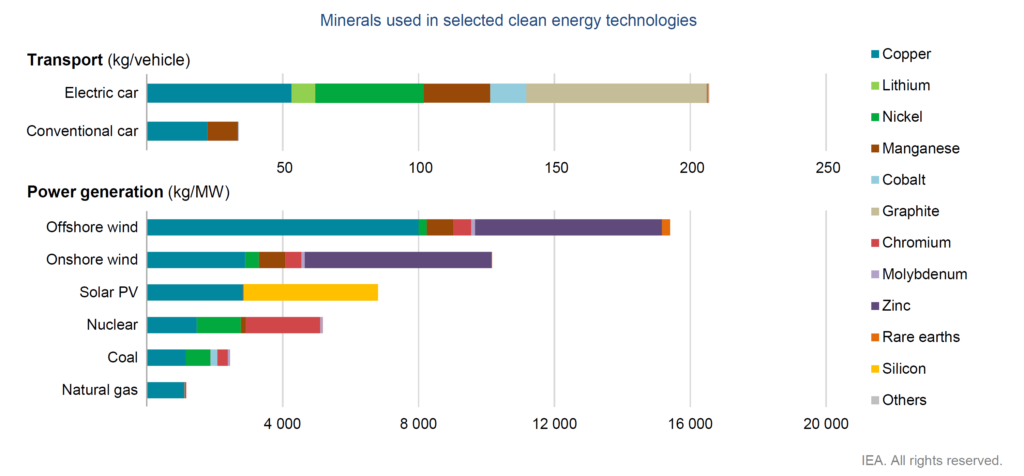
This rapid increase in demand and the world’s hunger for these critical minerals will also change the geopolitical landscape. In the past, much of the world was concerned about security of supply of fossil fuels, primarily oil. Policy makers will now have to consider the challenges with security of supply and prices from a different set of resources which are mostly concentrated in a small number of countries.
And of course, with expanded supply, comes the issues of expanding waste volumes as these new sources of energy reach their end of life. In 2016, IRENA (International Renewable Energy Association) estimated there would be up to 78 million tons of used solar infrastructure to look after by 2050. However, this assumed solar panels would all stay in service to end of life. But newer better solar panels have people replacing their panels early so that this number can increase by 2.5 times if the current trend continues. To date there is no clear path as to who will pay for this disposal and/or recycling.
With massive projected growth in renewables as they become the main source of energy replacing fossil fuel in the IEA scenarios, we can see the impact of their low energy density and relatively low resource availability. In other words, while these technologies produce very low carbon renewable energy, they do not use minerals very efficiently.
This is where nuclear power shines. It is extremely energy dense and operates at very high-capacity factors. The IEA report notes that nuclear has comparatively low mineral requirements. But the figure above is deceptive. Comparing on a MW capacity basis does not reflect the true nature of the mineral use as 1 MW of solar does not produce the same amount of energy as 1 MW of wind which does not generate the same amount of energy as 1 MW of nuclear. So, while it may look like solar uses 40% more and wind double the materials used in nuclear from the figure, this is not the whole story. Solar generates energy less than 20% of the time (when the sun shines) and wind about 35% of the time (when the wind blows), much less than nuclear that operates more than 90% of the time. And the average life of a solar or wind farm is 30 years or less while a nuclear plant lasts 60 years or more. In other words, a nuclear plant will produce between 10 and 15 times more energy per kg of critical materials used over its life than a solar panel or a windmill making nuclear plants much more mineral efficient. And, given the long life of a nuclear plant, this also greatly reduces the future mineral waste burden.
We often write about nuclear being a low carbon, reliable and economic source of electricity. Now we can add another important environmental attribute, it uses much less critical minerals than renewables per unit of energy produced. Therefore, increasing the share of nuclear power in the future energy mix will greatly reduce the burden on the mining industry (and the planet) as it tries to keep up with a rapidly growing critical mineral demand.

